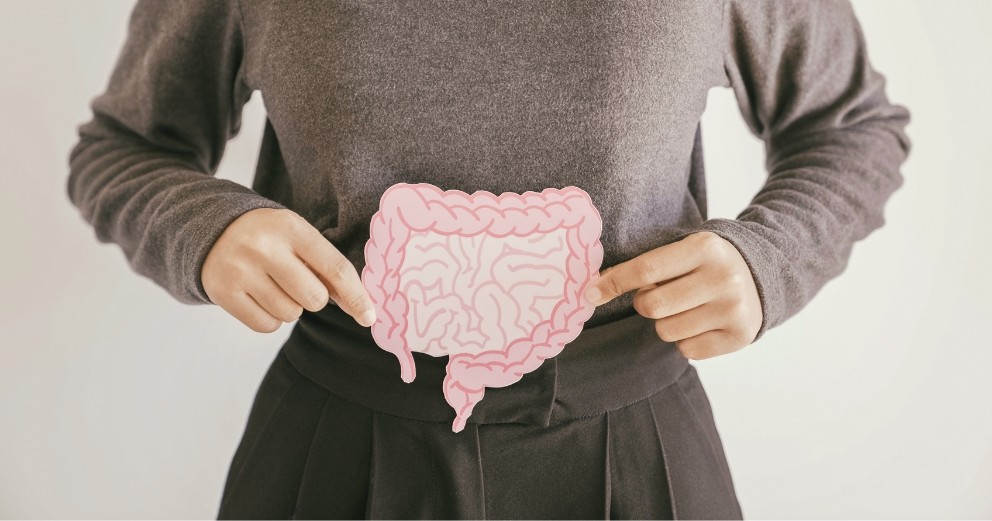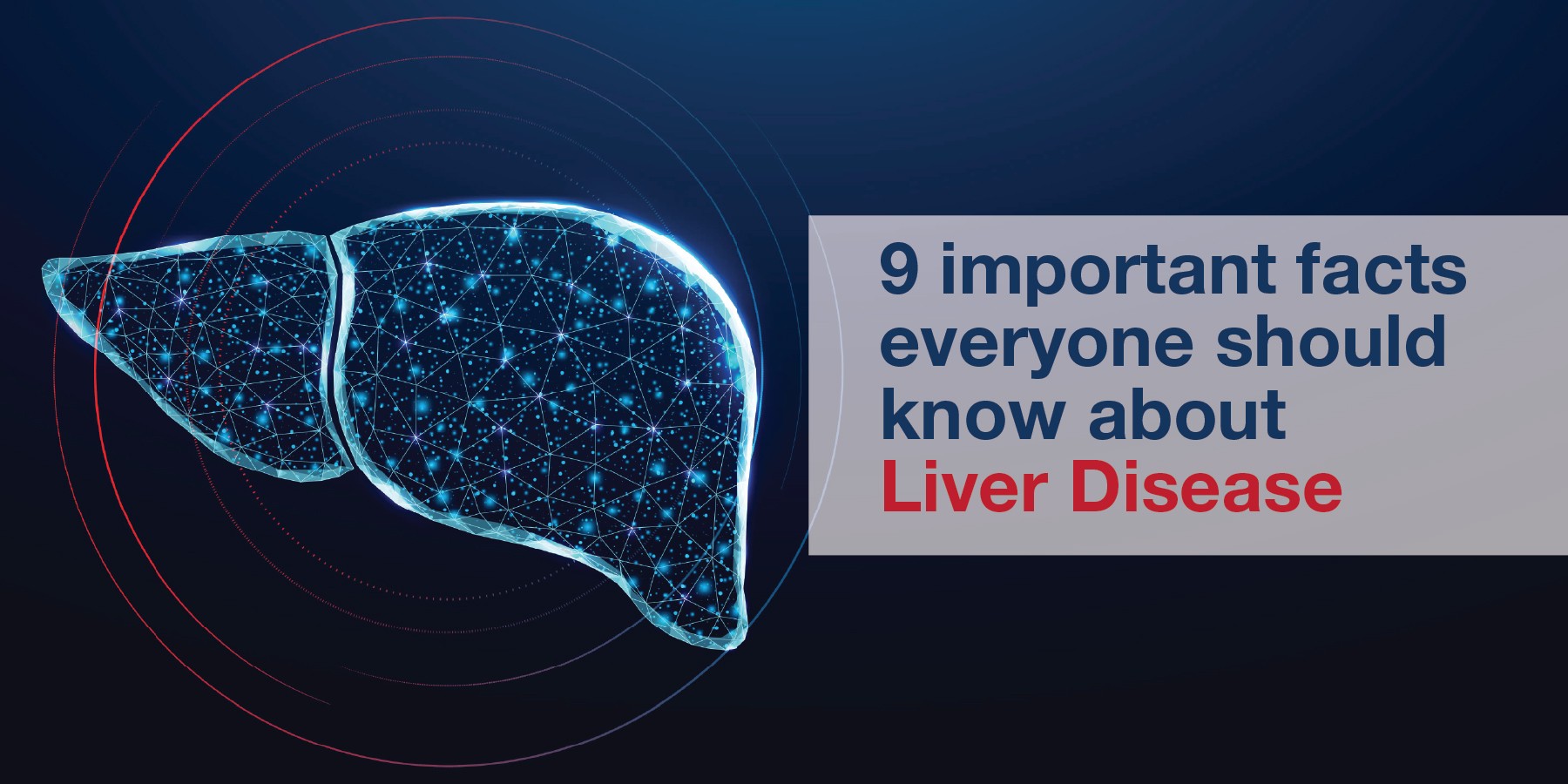About Liver Transplants
Liver transplantation is perhaps one of the most remarkable advances in recent health care history. Early efforts were fraught with failures due to technical issues and inadequate immunosuppressive drugs, but since the 1980s, liver transplant has enjoyed steady advancements with improved surgical and anesthetic techniques as well as more effective drugs for preventing and treating rejection and infections. Worldwide, the one year survival rates are 85-90% and long term survival after successful liver transplant is excellent (>60%). In India, the results are approximately 5-10% lower because of increased rates of difficult to treat infections after surgery, but these results are still excellent considering that the prognosis without liver transplant is 0% survival. It is considered the standard of care and best option to treat terminal liver failure.
The operation is considered to be one of the most challenging and complex of all surgeries, primarily because the liver is a large, highly vascularized organ and when the liver stops working, patients become extremely ill with a host of problems including an inability to properly clot blood, propensity for infection, neurologic abnormalities, kidney insufficiency and a host of other metabolic derangements. Recipients must be carefully chosen who are not too sick to undergo the procedure but are also sick enough to merit the risks of surgery and immunosuppression after surgery.
Liver donors, either from deceased, brain dead declared, family consented individuals (deceased donor liver transplant or DDLT) or from perfectly healthy living donors (living donor liver transplant or LDLT) must also be very carefully selected to ensure a good match with the recipient and that the donated liver or liver segment has the optimal chances of functioning immediately. Most liver transplants in India are LDLTs but there is a growing trend to perform more DDLTs. KIMS Hospital is one of the leaders in the nation in performing DDLTs with great success.
Tests and Consultations
Specialist consultation usually begins with our Transplant Hepatologist or Transplant Surgeon. A thorough history and physical is obtained with baseline blood tests and imaging performed to determine initial candidacy for transplant. As the work up continues, more specific tests are performed depending on the nature of disease. The patient and family members also meet with the Transplant Coordinator, Anesthesiologist and Intensivist. Additional consultations, such as Cardiology, Nephrology or Psychiatry, are obtained as needed. Imaging always includes an ultrasound and CT or MRI of the liver.
Throughout the process, the patient and family are counseled regarding the purpose, risks and benefits to the surgery and the necessary lifetime long term follow up after transplant.
Who Needs Liver Transplants
One way to measure the severity of liver disease is to calculate the MELD score (Model for End Stage Liver Disease), which is based on three simple blood tests: the bilirubin (a measure of liver function), INR (a measure of blood clotting capacity) and creatinine (a measure of kidney function). A normal MELD score is 6 and a score of 40 equates to a 100% mortality in 3 months without liver transplant. Several studies in the medical literature have established that patients with a MELD score of 15 or greater qualify for transplant. Those with MELD scores less than 15 should wait because the risks of surgery and immunosuppression after surgery outweigh the benefits. On the other hand, patients might become too ill to undergo transplant, especially when the score is 40 or above. Patients who have an active infection or cancer (except for a small liver cancer) are excluded from transplant. Other disqualifying criteria include active alcoholism, inability or unwillingness to be compliant with medical advice and severe heart or lung disease. The Transplant Surgeon ultimately decides whether to recommend proceeding with a particular donor/recipient pair, in consultation with the rest of the team members.
Some liver diseases, such as liver cancer, are not accurately reflected by the MELD score, so in some cases transplantation is recommended even if the score is below 15. Such cases are determined on an individual basis.
Finding a Donor
All potential liver transplant recipients should be listed for both DDLT and LDLT. The waiting time for a deceased donor is completely unpredictable and can range between 1-12 months. Living donors must be perfectly healthy without underlying risks for liver disease and also by Indian law must be first degree relatives (parent or child) or “emotionally related” (e.g., spouse). Exceptions to this law, for example a cousin who wishes to donate, must be approved by the State Transplant Authority through a strict vetting process.
Preparing for Surgery
While patients are awaiting transplant, it is important to maintain proper nutrition (low salt, high protein diet) and seek medical attention immediately if needed and report to the Transplant Center any outside hospital admissions. Strict adherence to medicines as recommended by the Transplant Hepatologist is mandatory to minimize the risk of complications prior to transplant.
Immediately prior to transplant, the patient is called in and basic blood tests and other evaluations (ECG, chest x-ray, etc.) are performed as needed. The final counseling and consent process with the patient, family and Transplant Hepatologist and Surgeon is video recorded. At this point it is emphasized that the transplant still could be cancelled if the donor organ is found unsuitable at the time of recovery or if a contraindication in the recipient (as discussed above) arises. The recipient needs to fast at least 8 hours prior to surgery.
During Surgery
A typical liver transplant lasts between 6-8 hours but longer times in the operation theater (OT) are not uncommon. The team in the OT consists of the operating surgeon, one or two surgical assistants, 2-4 Scrub Nurses and Circulating Nurses, the Attending Anesthesiologist and assistant, and 1-2 surgical/anesthesia technicians. The patient is given general anesthesia, placed on a breathing machine (ventilator) and multiple intravenous and intraarterial catheters are placed as well as a tube from the nose into the stomach and a catheter to drain urine from the bladder. A large incision (either L shaped or “Mercedes Benz” symbol shaped) is necessary to safely remove the old liver and place in the new one. Usually there are signs of immediate liver function after the new liver is sewn in and before the end of the operation. The surgeon connects the hepatic veins, the portal vein, the hepatic artery and the bile duct to recipient structures. The gallbladder on the donor liver is removed. Large suction drains are placed at the end of the surgery and these are removed within a few days after the operation. After the surgery, the patient is immediately shifted to the ICU, almost always with the breathing tube still in place that is usually removed the following day. Ultrasound examinations of the new liver are performed inside the OT and afterwards in the ICU.
Post Surgery Care and Rehabilitation
Recovery time after liver transplant largely depends on how sick the patient was immediately prior to surgery. For patients who came in from home with relatively low MELD scores, the expected time in the hospital after surgery is about 2 weeks. For high MELD patients already admitted to the hospital prior to transplant, the stay can be significantly longer because these patients start out already weak and deconditioned and with a higher infection risk. Immediately after surgery, the breathing tube and large intravenous lines are removed within the first few days. Ambulation and diet begin as soon as possible, often within one or two days. Patients are shifted from the ICU to the general ward as soon as the liver function has stabilized (1-3 days) and the surgical drains and other catheters are removed within 2-7 days.
The liver is monitored continuously with blood tests and ultrasound scans. Immunosuppression medications are started immediately and the patient and family are taught about these in detail prior to discharge. The major concerns after transplant are liver function and the risk of infection. Certain uncommon complications, such as a narrowing or leak of the bile duct or clotting of one of the major liver vessels, are actively assessed. Physiotherapy and frequent walking are mandatory to regain one’s strength after transplant and to ensure normal functioning at home.
Chances of Rejection
Unlike other transplantable solid organs such as the kidney or heart, the liver is relatively tolerant. Severe rejection resulting in transplant liver loss is extremely uncommon because rejection can be easily diagnosed with biopsy and successfully reversed by increasing immunosuppressant drug doses. Overall rejection rates range from 5-10% in the first year (and less afterward) and nearly all of the episodes are successfully treated. Nonetheless, antirejection medications are started immediately and at higher doses initially. Patients must be absolutely compliant with their medical regimen. Doses and drug levels are monitored frequently by the doctors and it is not uncommon to have many dose adjustments in the beginning. Initially, three drugs are used to prevent rejection: tacrolimus, an antimetabolite (MMF, Myfortic of Azathioprine) and a steroid. The steroids are stopped within 3 months of transplant and the antimetabolite is stopped after the first year, leaving the patient on just one drug at a low dose to prevent rejection.
Antirejection (or immunosuppression) drugs increase the risk of certain bacterial, viral and fungal infections, so the patient has to take medicines to reduce these risks for some time after transplant. Also, the risk of cancer, particularly skin cancer, is increased with immunosuppression, so avoiding excessive sunlight and regular check ups are recommended.
Diet After Liver Transplants
Liver transplant recipients should enjoy a normal healthy diet. Weight gain is not uncommon because the patient is feeling healthier and the steroid medicines actually increase appetite. Healthy diets (with no particular restrictions), portion control and regular exercise will protect against unhealthy weight gain.
Life After Liver Transplant
Liver transplant recipients undergo a remarkable life transformation after successful surgery. They get their lives back to the point they were before they ever got sick. They are able to realize their full potential in life with minimal medications and restrictions. Regular follow up with the Transplant Team ensures long term success and a normal, happy, fulfilling life.












